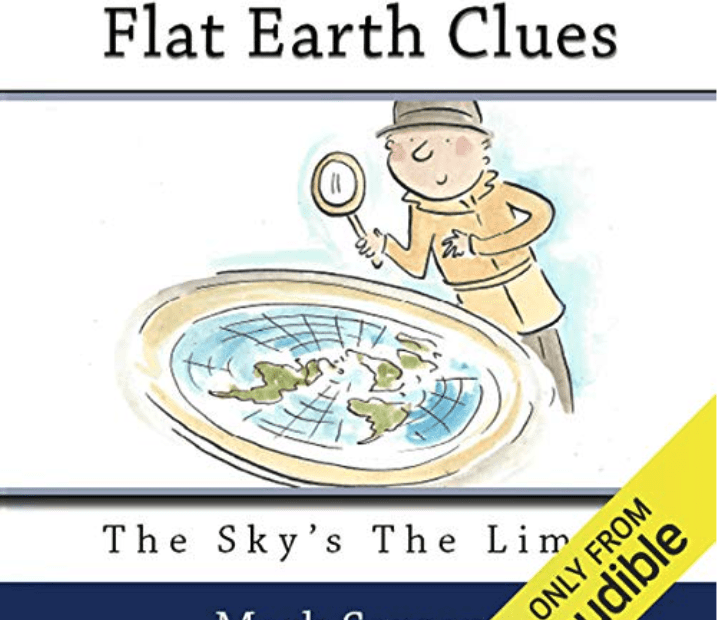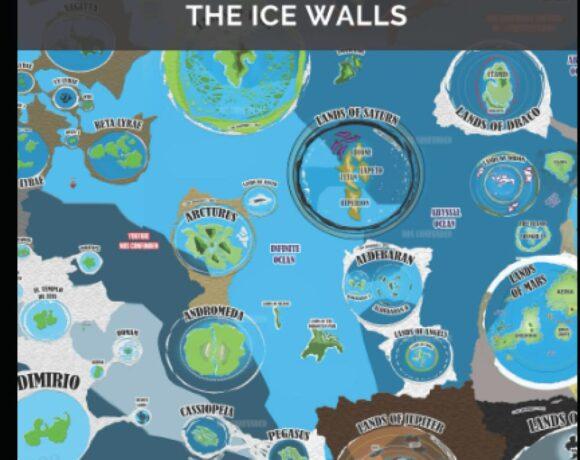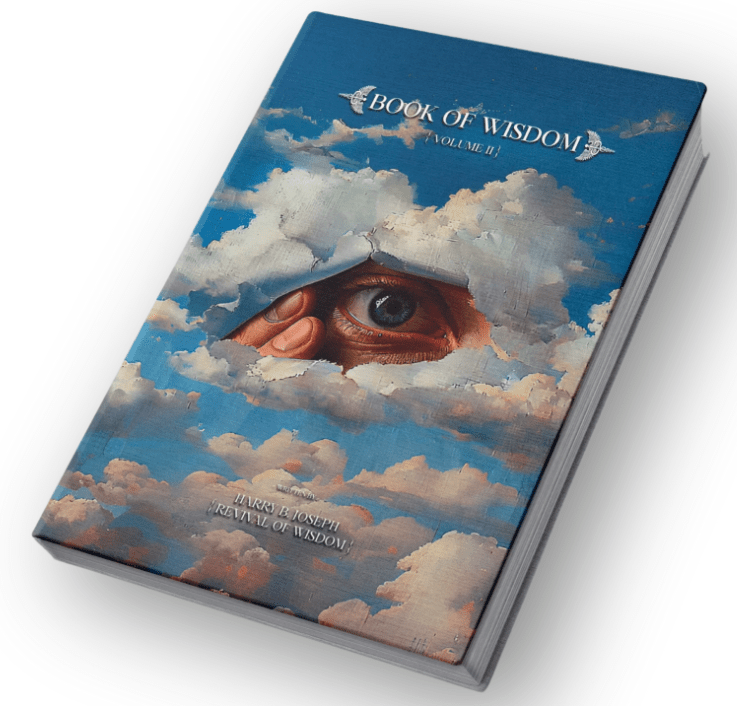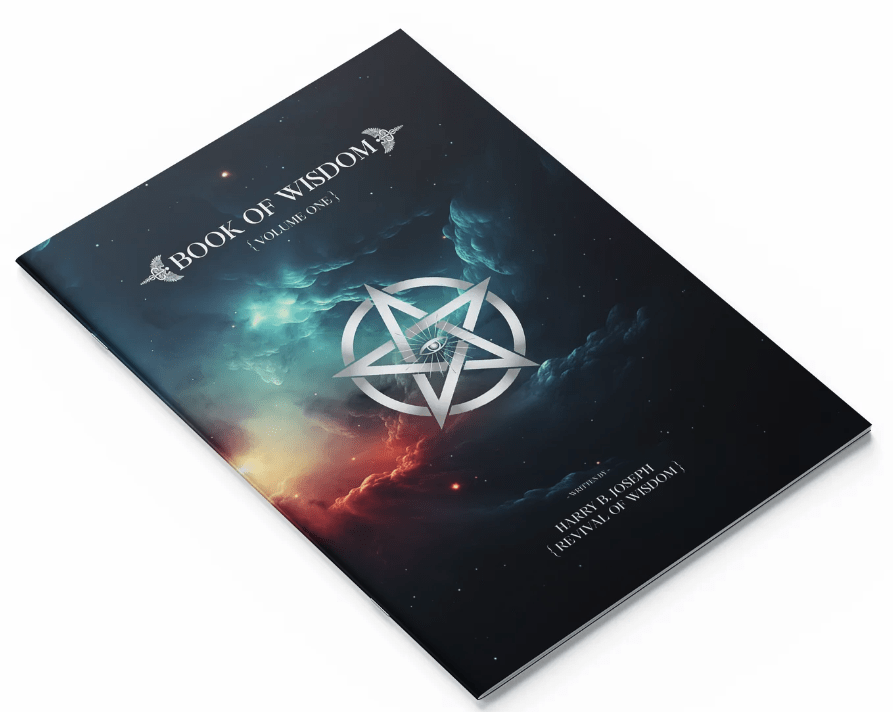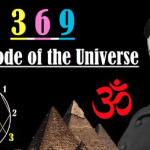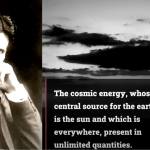Navigating Beyond the Horizon: A Review of “Flat Earth Clues: The Sky’s the Limit”
A timeless tale of deception, the desire for knowledge, and the pursuit of truth, “Flat Earth Clues: The Sky’s the Limit” is an audacious endeavor to challenge the established scientific narrative. The book, a compelling compilation of 12 reasons to reconsider the globe model, prompts readers to question what they’ve been taught and accepted since birth about the nature of our planet.
From the outset, the author confronts the reader with an intriguing proposition: the idea that we live on a small, spinning rock hurtling through space is an illusion, a trick, a lie. This claim might seem outlandish to many. Still, the author skillfully crafts his argument, reminding us that science, like any human endeavor, has been wrong in the past. Lead gasoline, lead paint, DDT, the denial of the carcinogenic effects of cigarettes—these are all instances where established ‘truths’ were later debunked.
The author emphasizes that our knowledge of the world’s shape isn’t experiential or testable in the way that we can test that fire burns or that water are wet. It’s something we’re told, something we take on trust. And therein lies the heart of the matter: the weight of their word, the authority of science.
The crux of the book isn’t merely about proving the Earth is flat—it’s about disproving the globe, which the author argues should be impossible if the globe theory were true. He presents several critical questions that mainstream science struggles to address convincingly. These include the scarcity of images and videos of the Earth from space, the mysterious nature of the Van Allen radiation belts, and the oddities surrounding the moon’s light.
The author skillfully examines each of these questions in detail, offering alternative explanations and theories that fit within a flat Earth framework. The discussion about the moon’s light is particularly fascinating. The author poses the question: If the moon reflects the sun’s rays, why is the moonlight sometimes 12 degrees colder than the moon’s shade?
The book also delves into the various issues surrounding space exploration, including the closure of the space shuttle program, the constant postponement of the Mars mission, and the planned shutdown of the ISS. The author suggests these events hint at a broader deception. He invites readers to consider whether these are indications that space, as we understand it, may not exist in the manner we’ve been led to believe.
“Flat Earth Clues: The Sky’s the Limit” further addresses the emotional response elicited by the flat Earth theory. The author suggests that the strong reactions—excitement, anger, fear—are indicative of the grandness of the illusion. It’s a profound trick that we’ve all fallen for, and it’s only natural to feel a range of emotions upon this realization.
The flat Earth theory, as presented in this book, paints a picture of a world that is more understandable, more intimate, and more deliberate. The author posits that the Earth didn’t just happen—it was built, purposefully, for us. This idea of a built world, though uncharted territory for many, offers an alternate lens to view our existence.
In conclusion, “Flat Earth Clues: The Sky’s the Limit” is a thought-provoking piece that challenges the status quo and invites readers to explore beyond the boundaries of accepted knowledge. It’s not merely a book but an invitation to embark on a journey of questioning, exploration, and discovery. Regardless of where you stand on the flat Earth theory, this book offers a fresh perspective that will engage your curiosity and may leave you questioning what you thought you knew.

